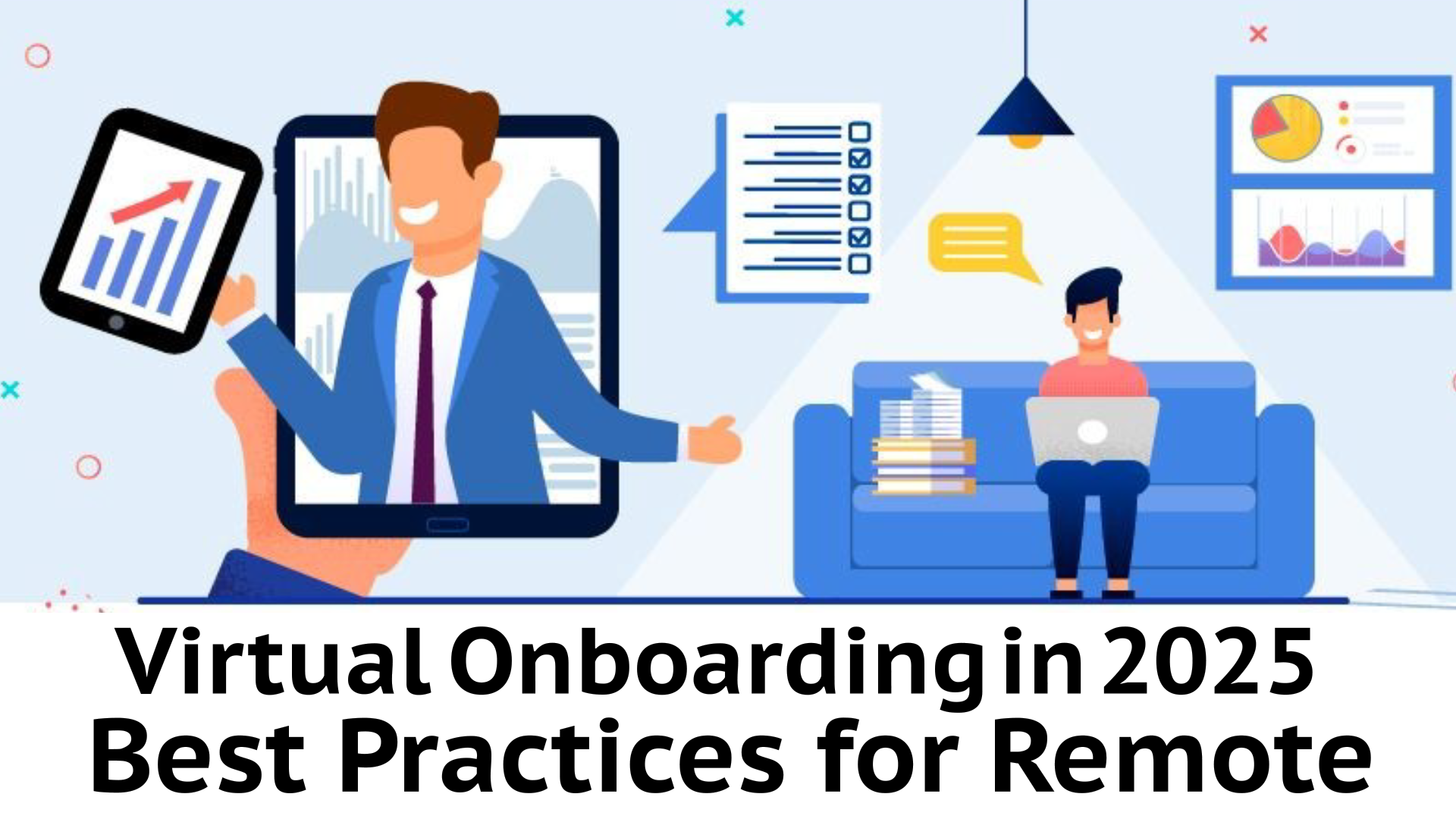FAQs: Virtual Onboarding in 2025
Q1. What should a virtual onboarding checklist 2025 include?
A virtual onboarding checklist in 2025 should cover all stages of the remote hire journey:
-
Pre-boarding steps like hardware delivery, IT setup, and assigning a mentor
-
Digital welcome kits and scheduled orientation sessions
-
Role-specific training and learning modules
-
Feedback surveys and engagement activities
-
Post-onboarding integration to ensure smooth adaptation
All elements should be tailored to meet the needs of remote work.
Q2. How can remote onboarding improve employee retention?
Effective remote onboarding helps new hires feel connected, informed, and empowered from day one. Clear role expectations, social support, structured learning, and continuous engagement reduce early attrition and encourage employees to contribute meaningfully to the organization.
Q3. What are the top tools used for remote onboarding in 2025?
Leading tools include:
-
Onboarding Platforms: BambooHR, Enboarder, Sapling
-
Collaboration Tools: Zoom, Slack, Microsoft Teams
-
Learning Management Systems (LMS): Docebo, TalentLMS
-
Feedback & Engagement Tools: CultureAmp, Qualtrics, Officevibe
-
AI Chatbots: Leena AI, Darwinbox, Tydy
Conclusion
In 2025, virtual onboarding is no longer just an HR function—it’s a strategic advantage. Organizations investing in thoughtful, tech-powered onboarding will:
-
Build stronger, cohesive teams
-
Drive higher productivity
-
Foster a culture of inclusion and engagement from day one
By leveraging this virtual onboarding checklist 2025 and staying ahead of remote work trends, companies can leave lasting impressions on new hires and ensure long-term loyalty.

